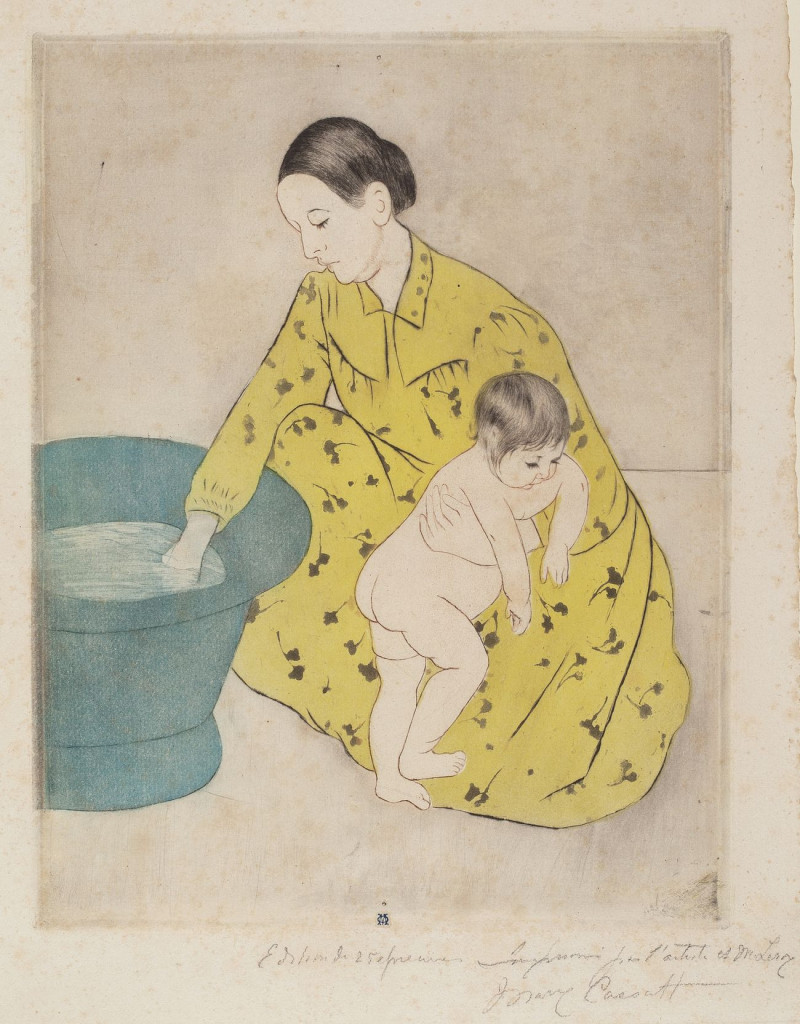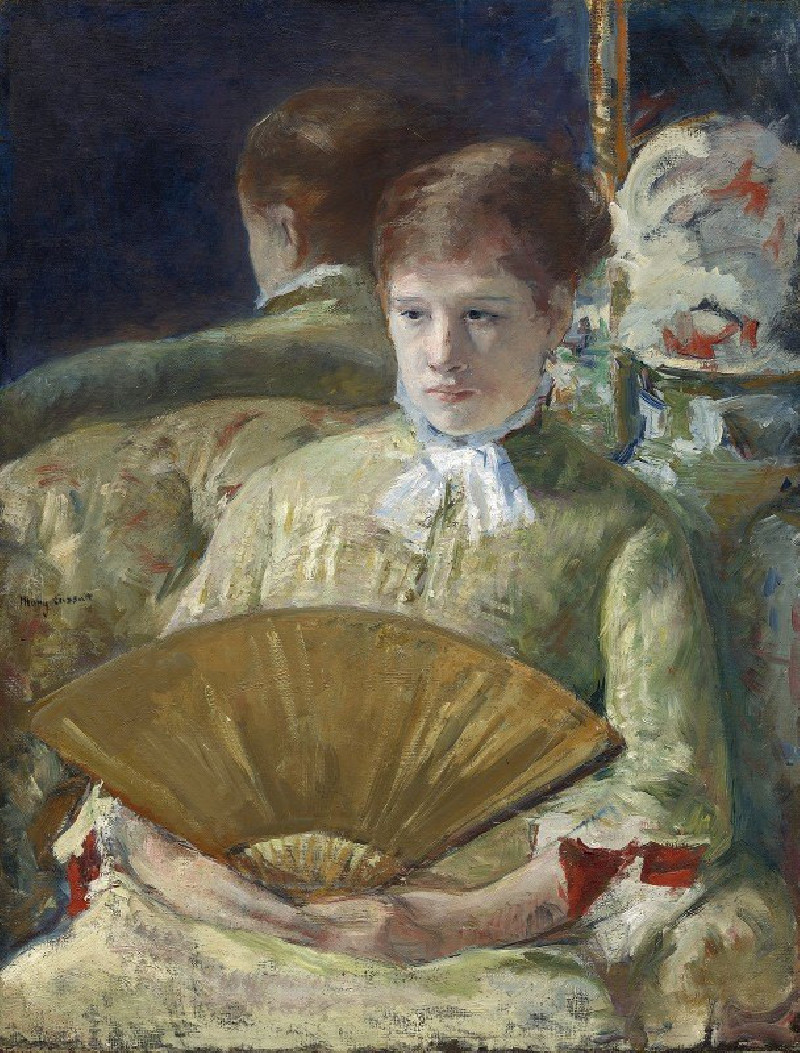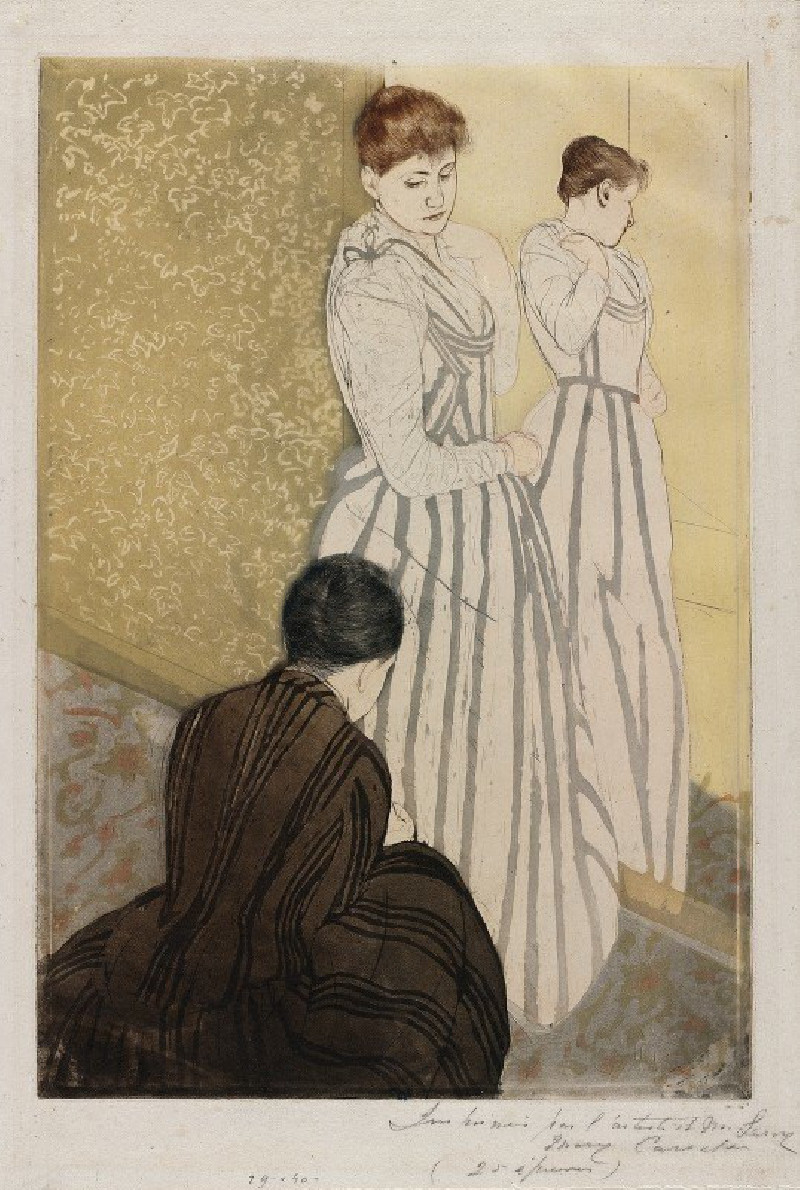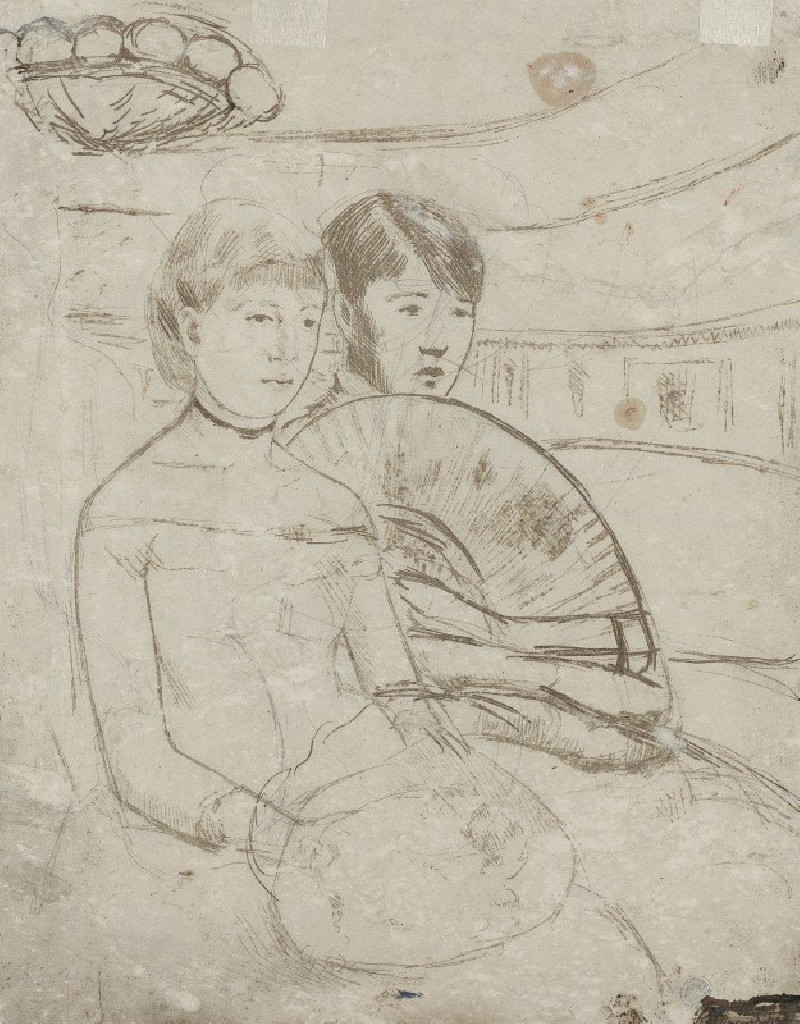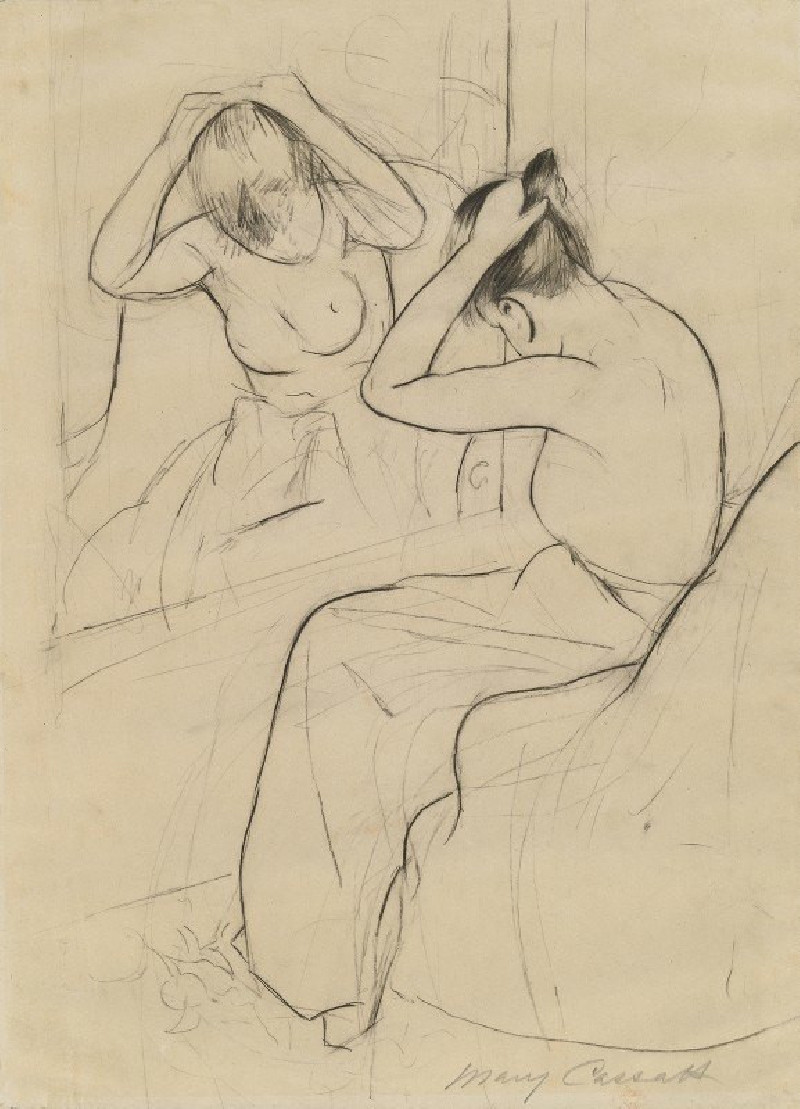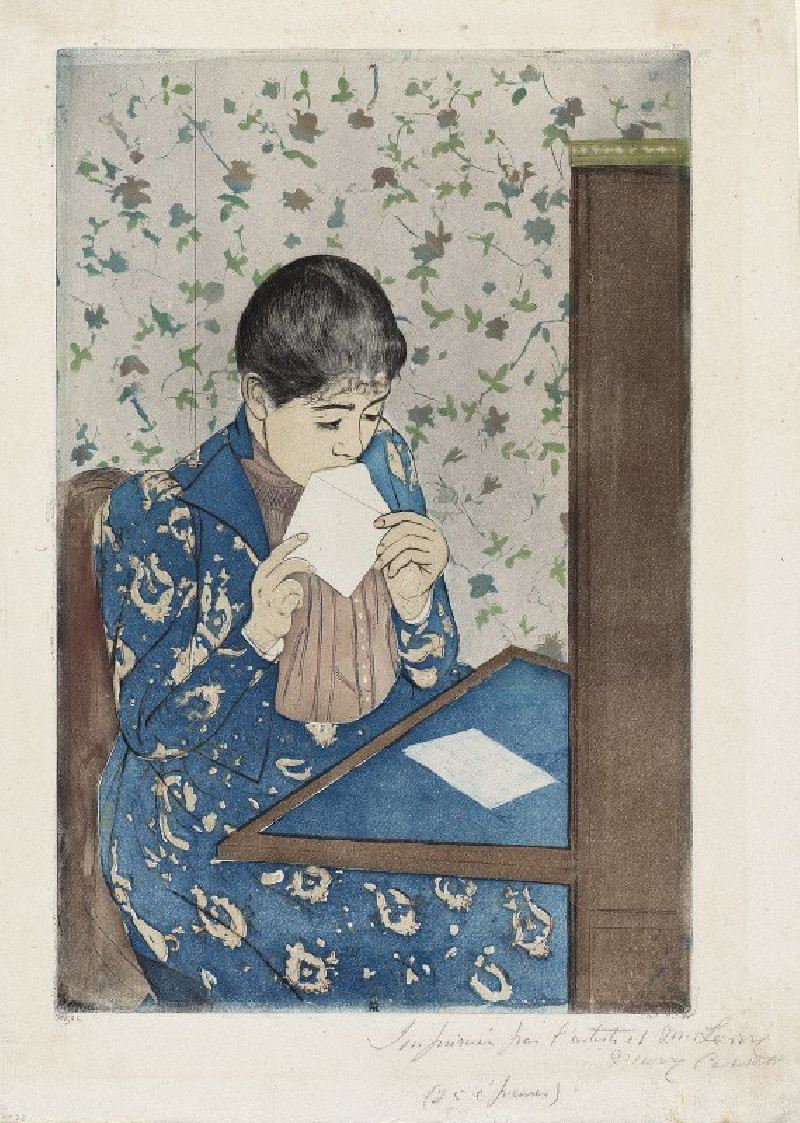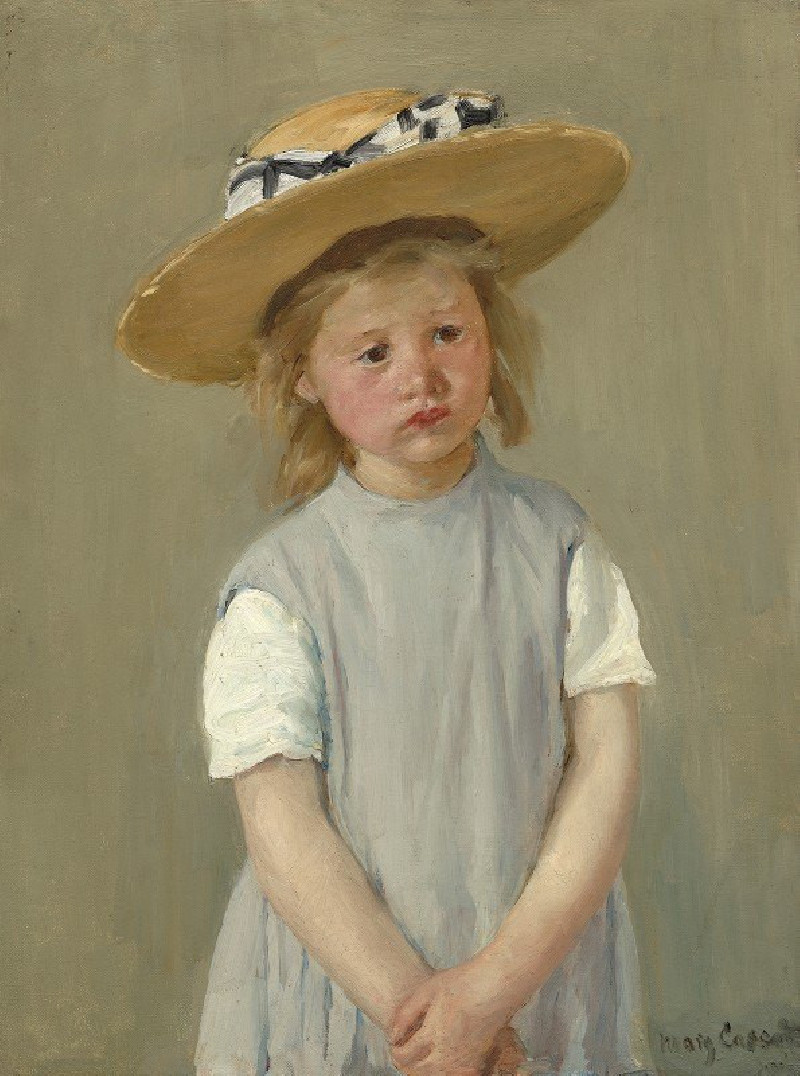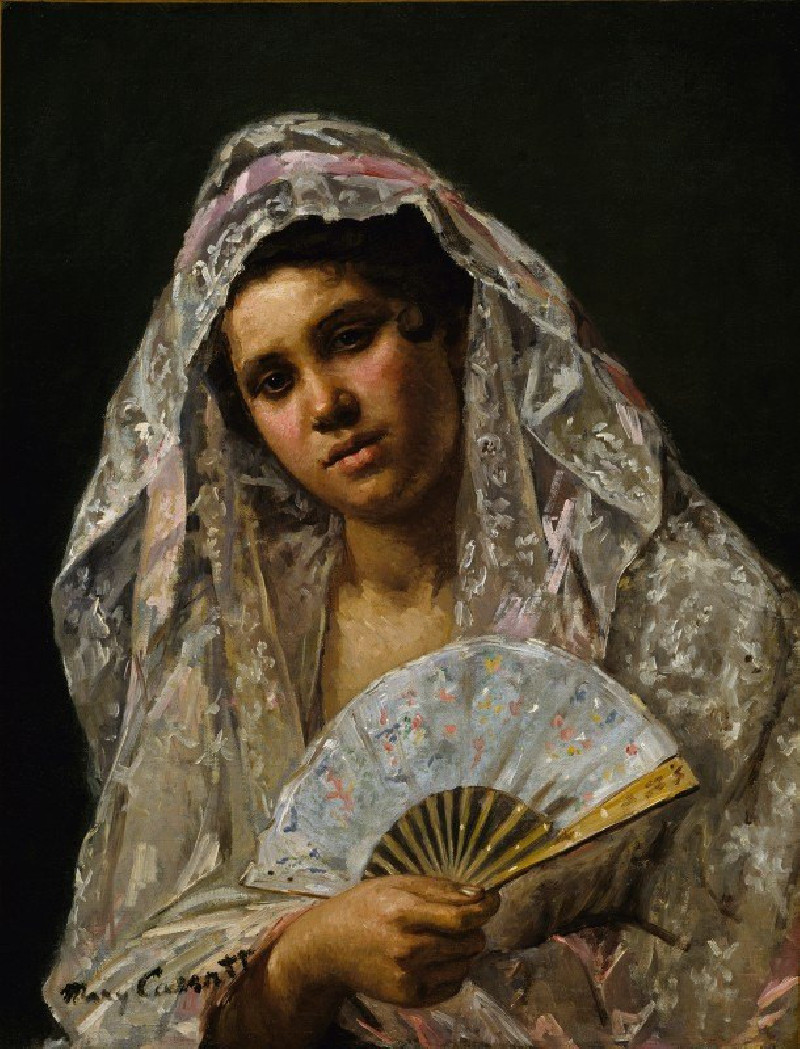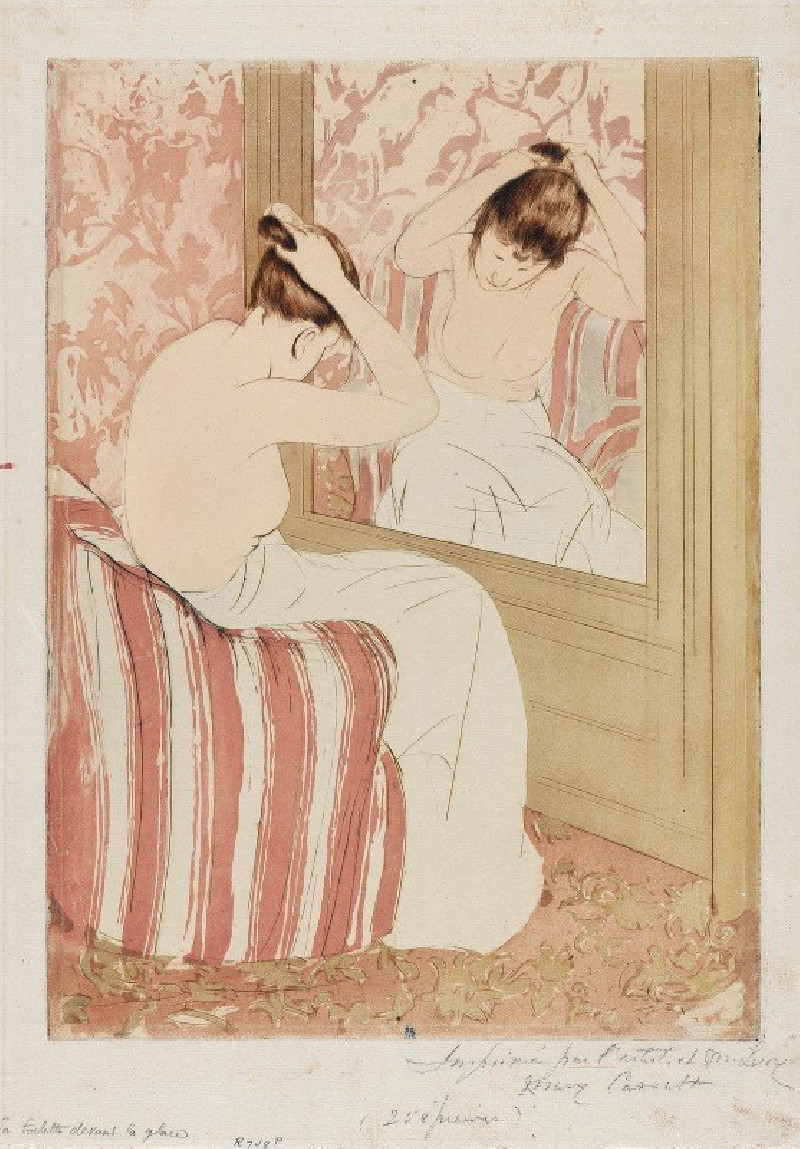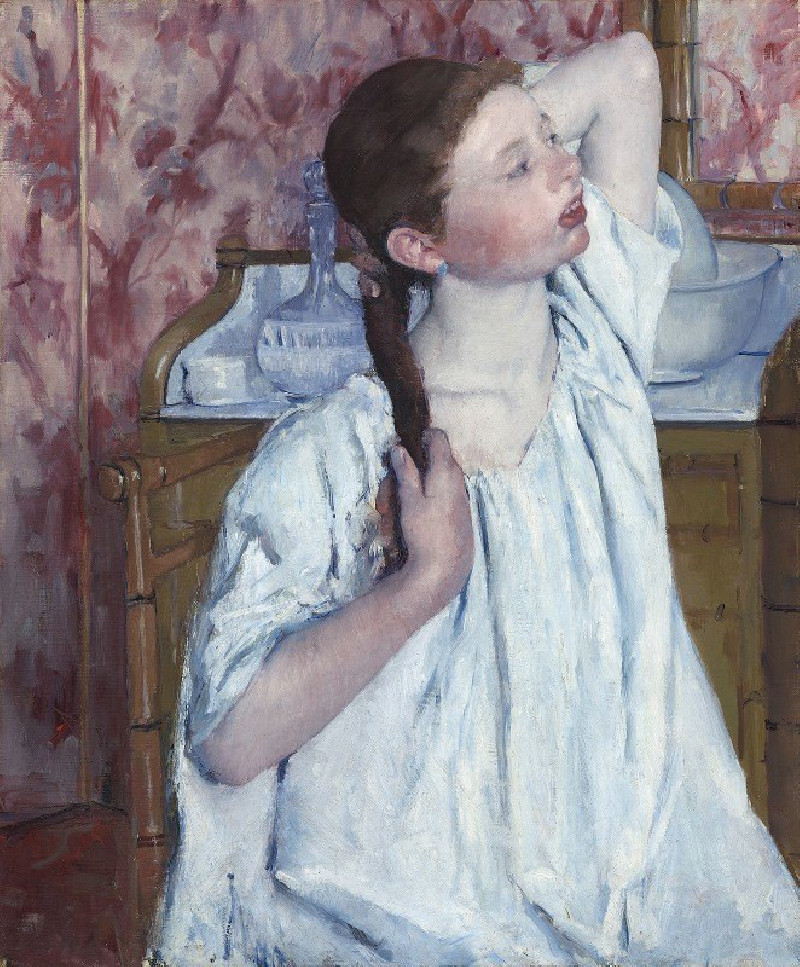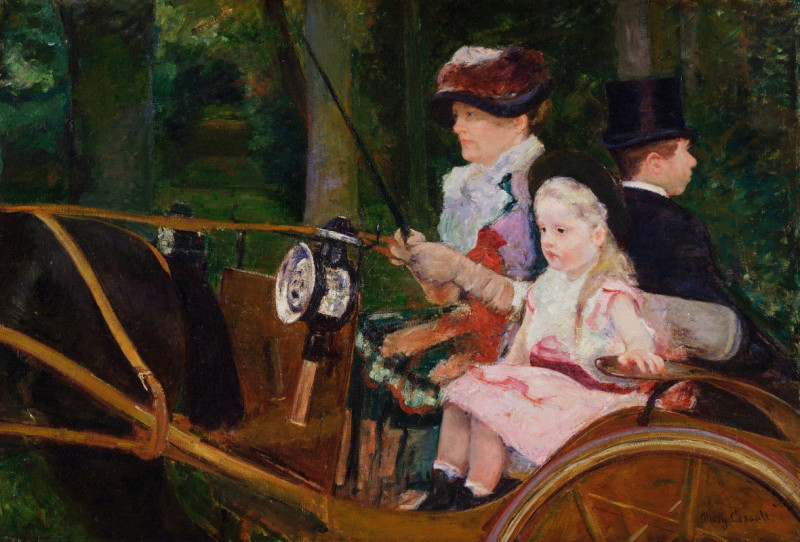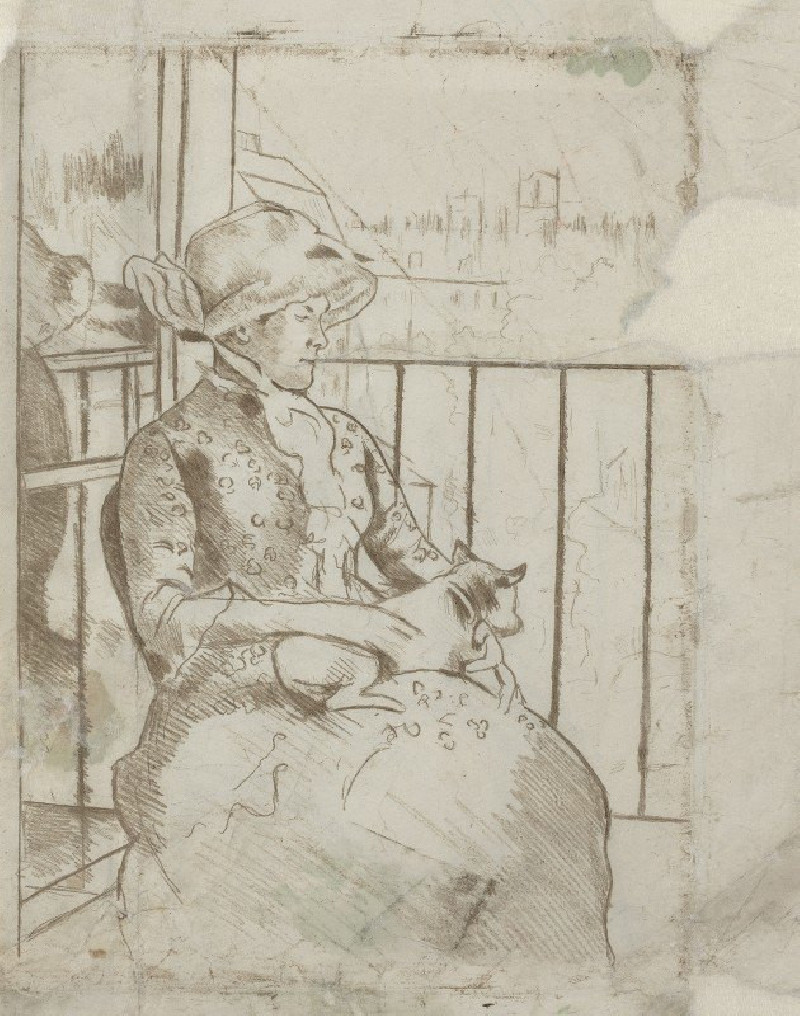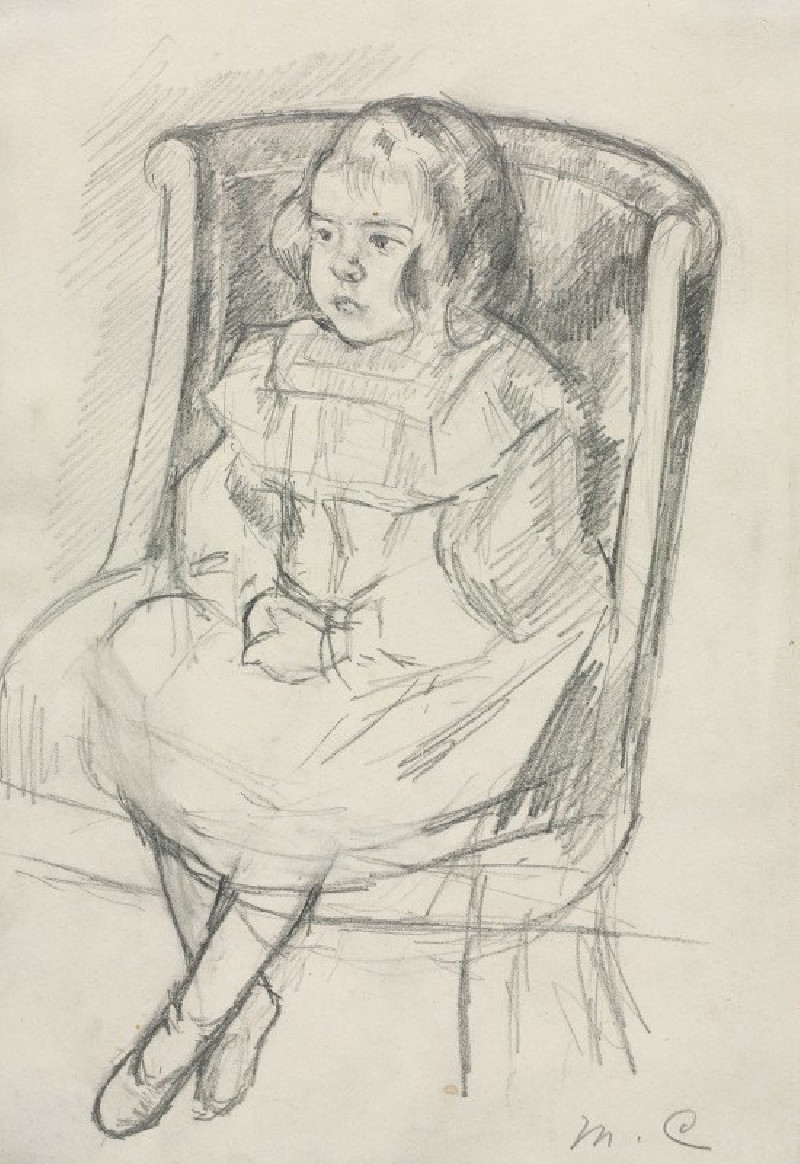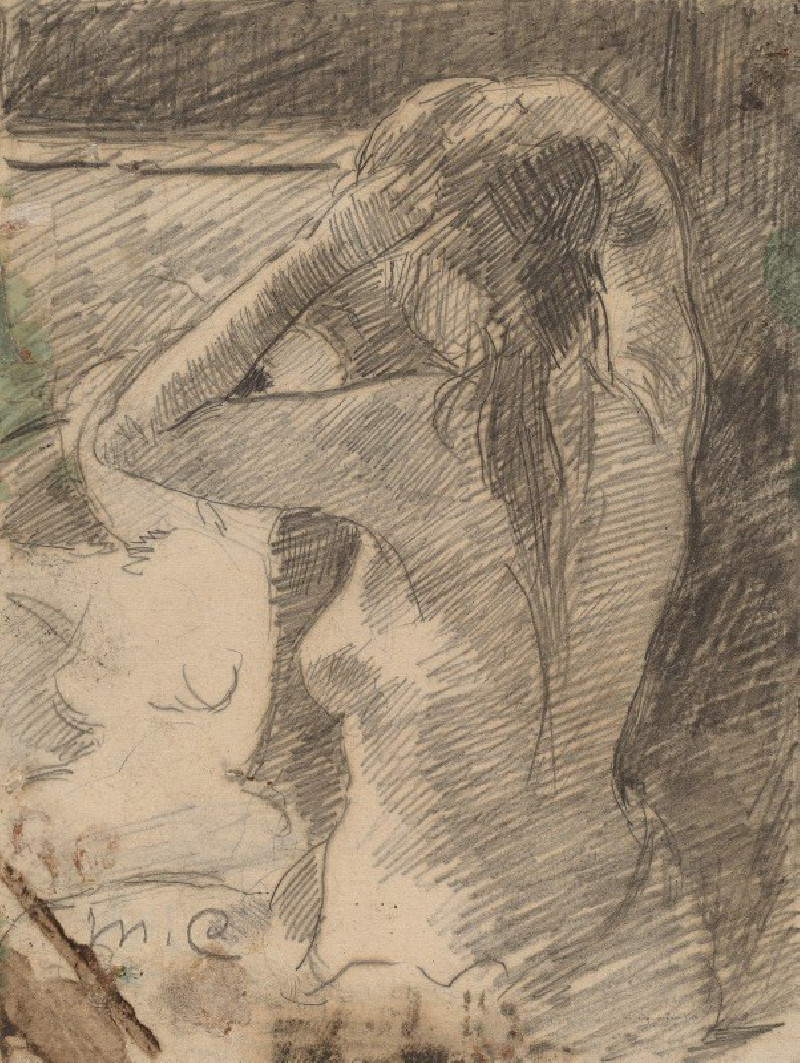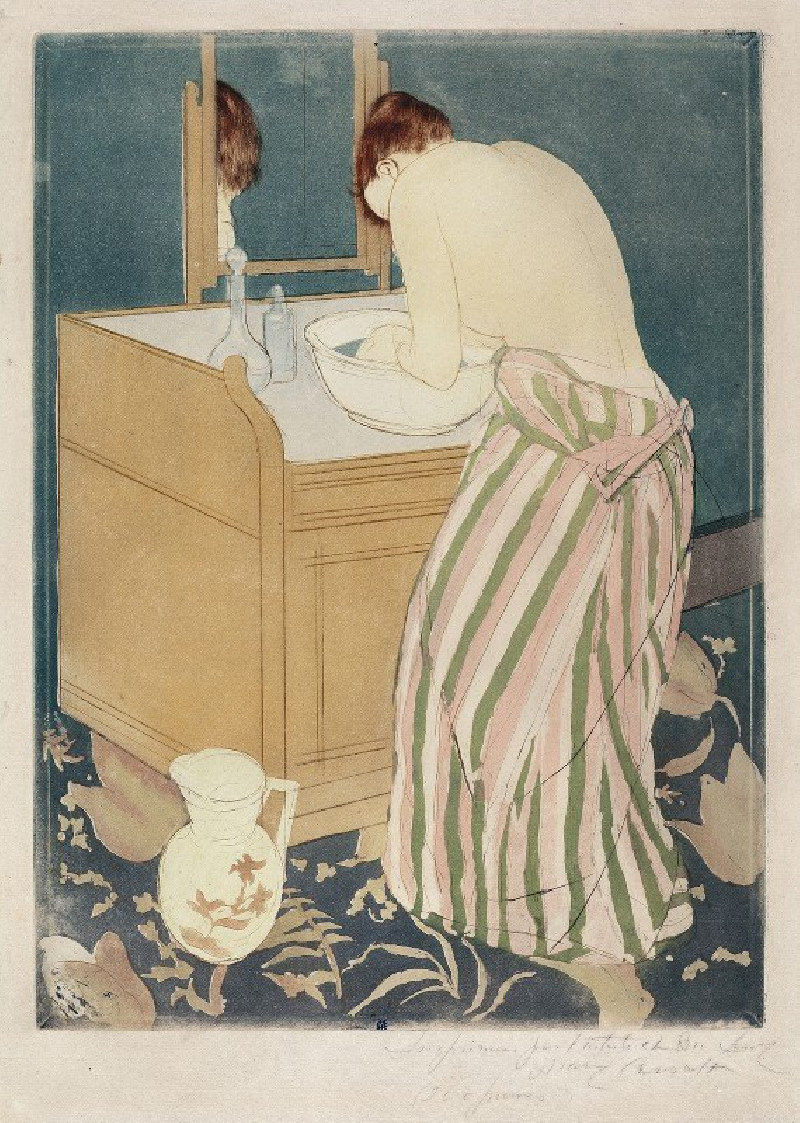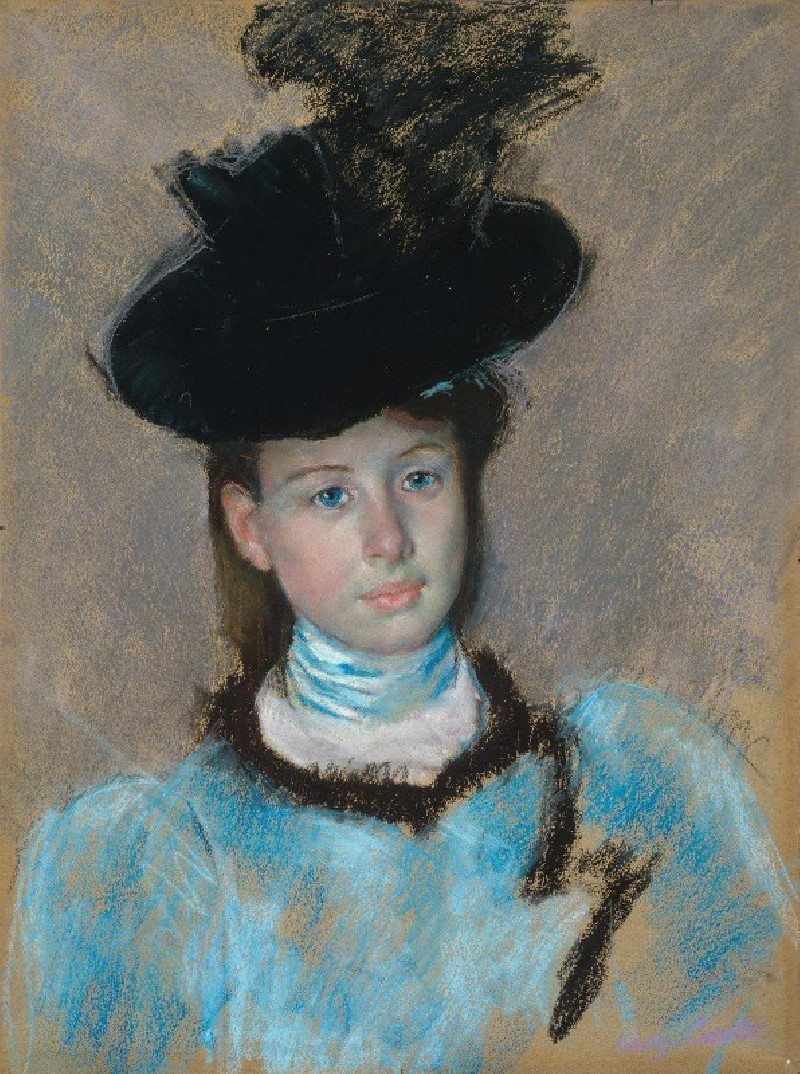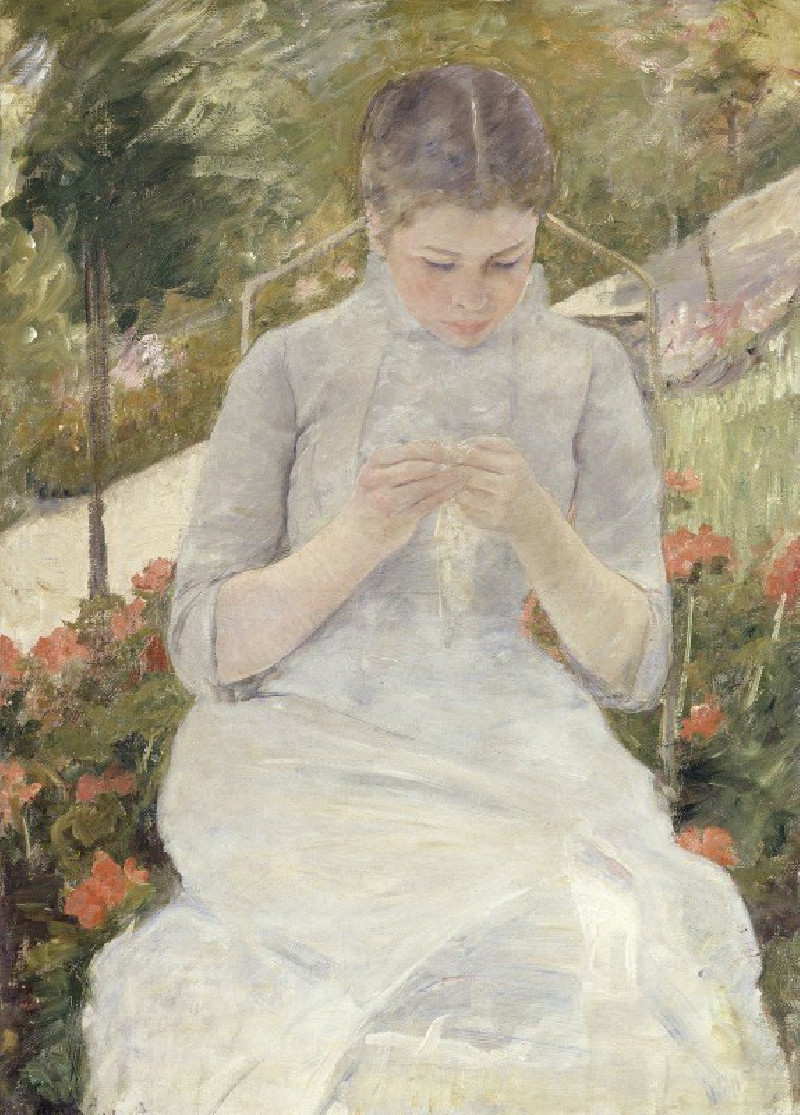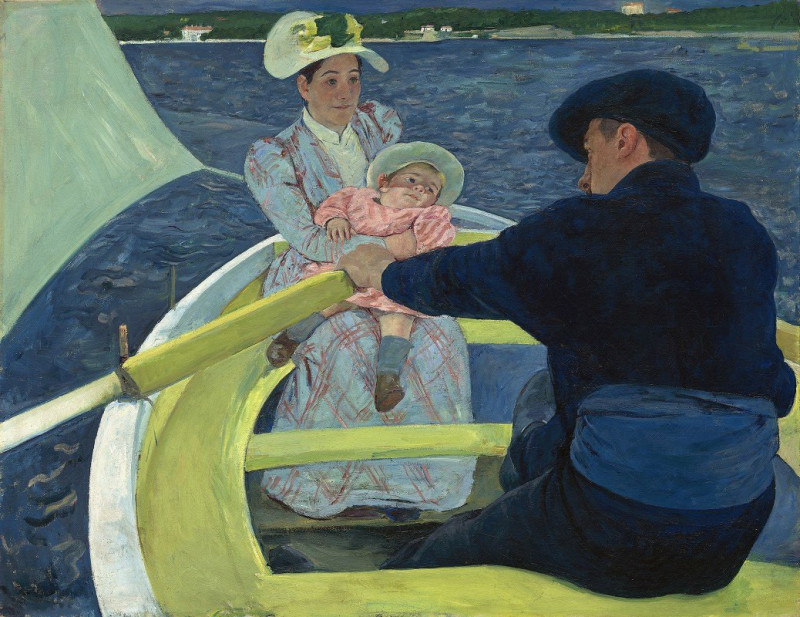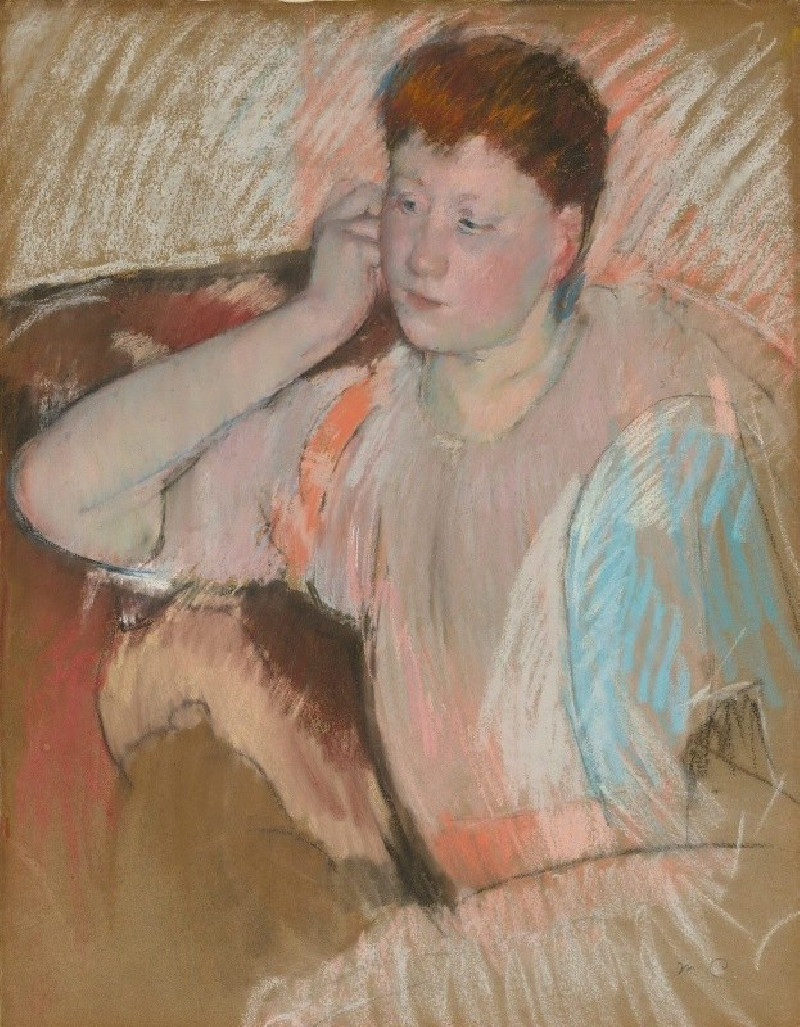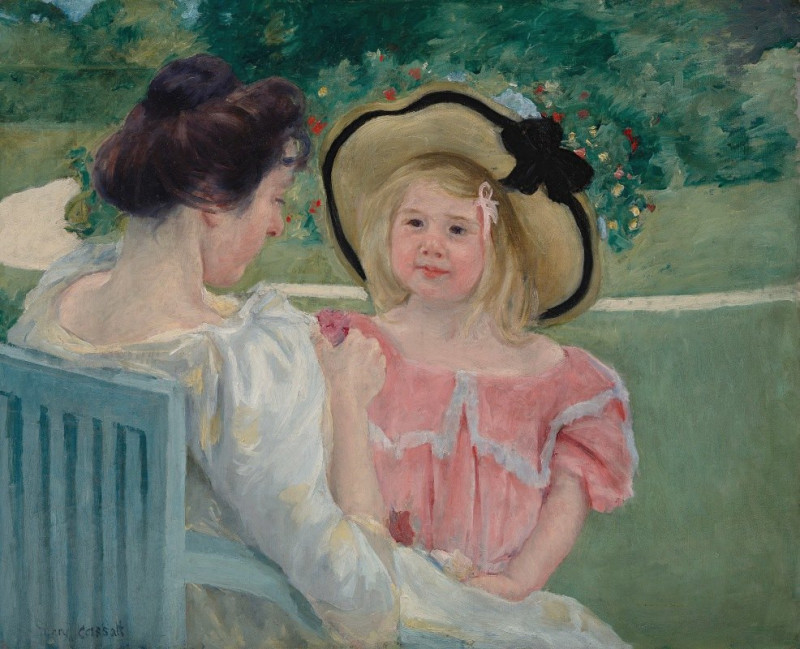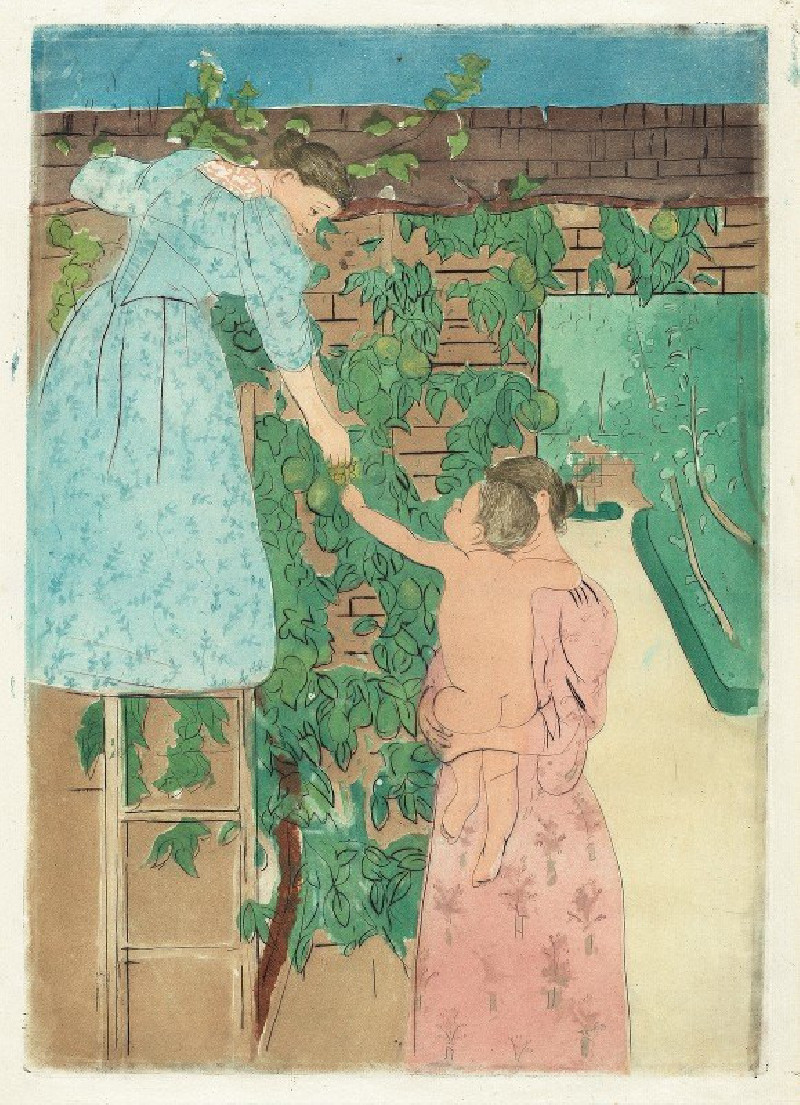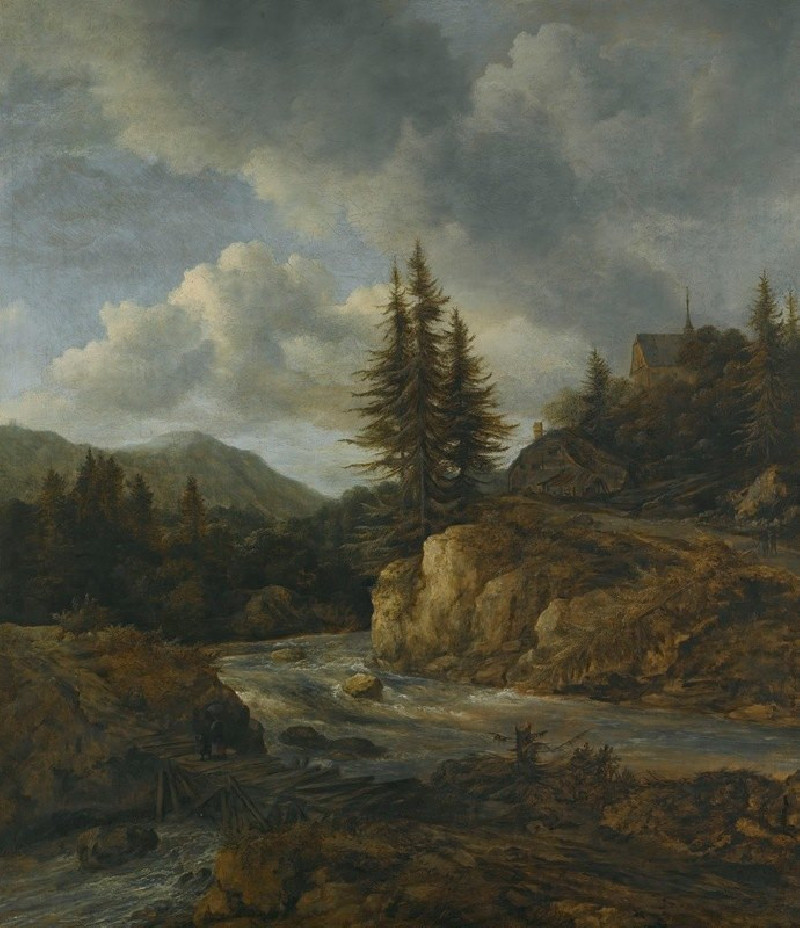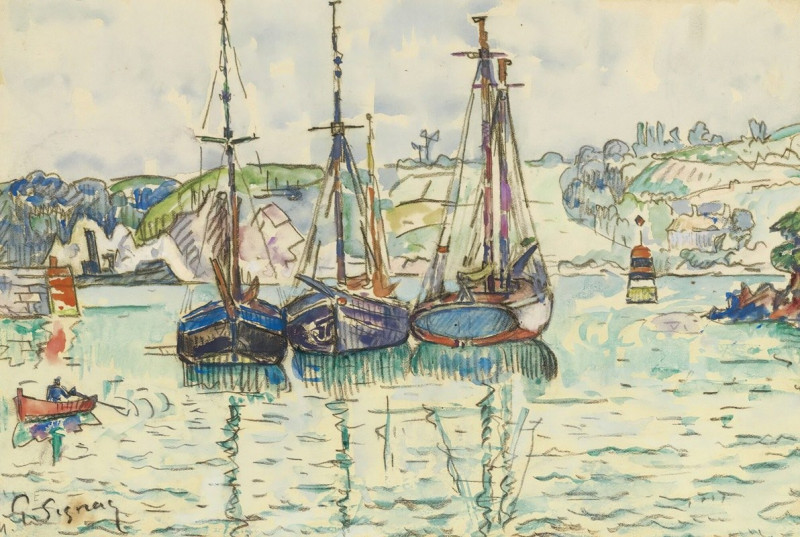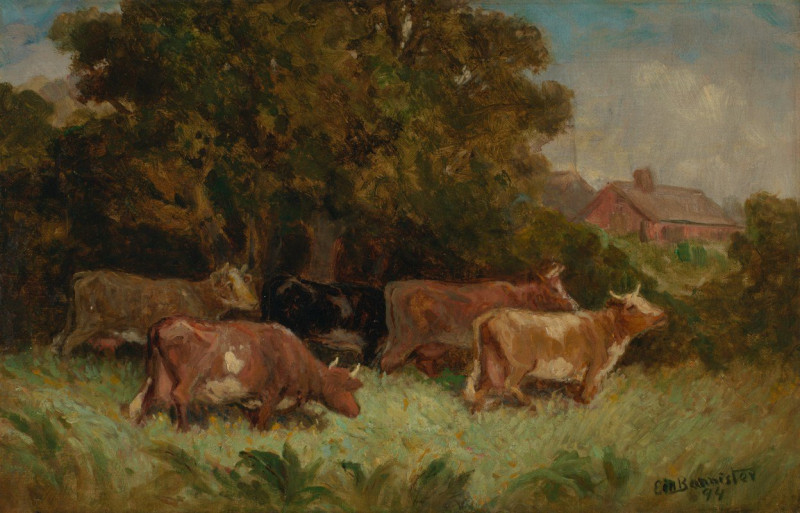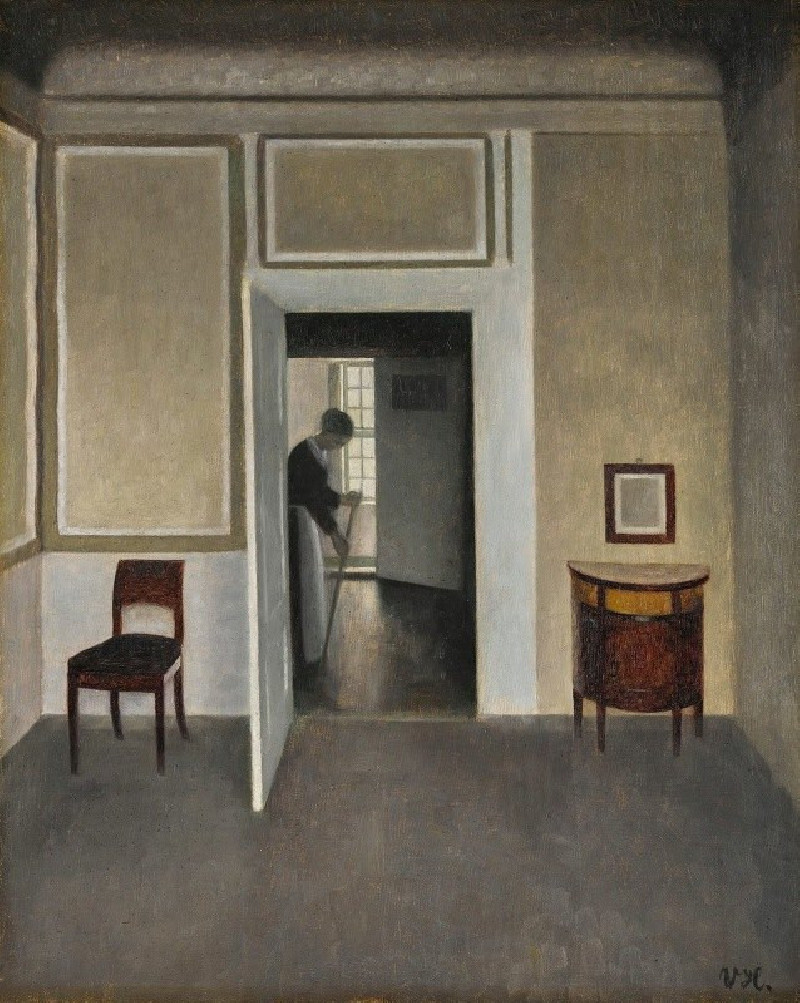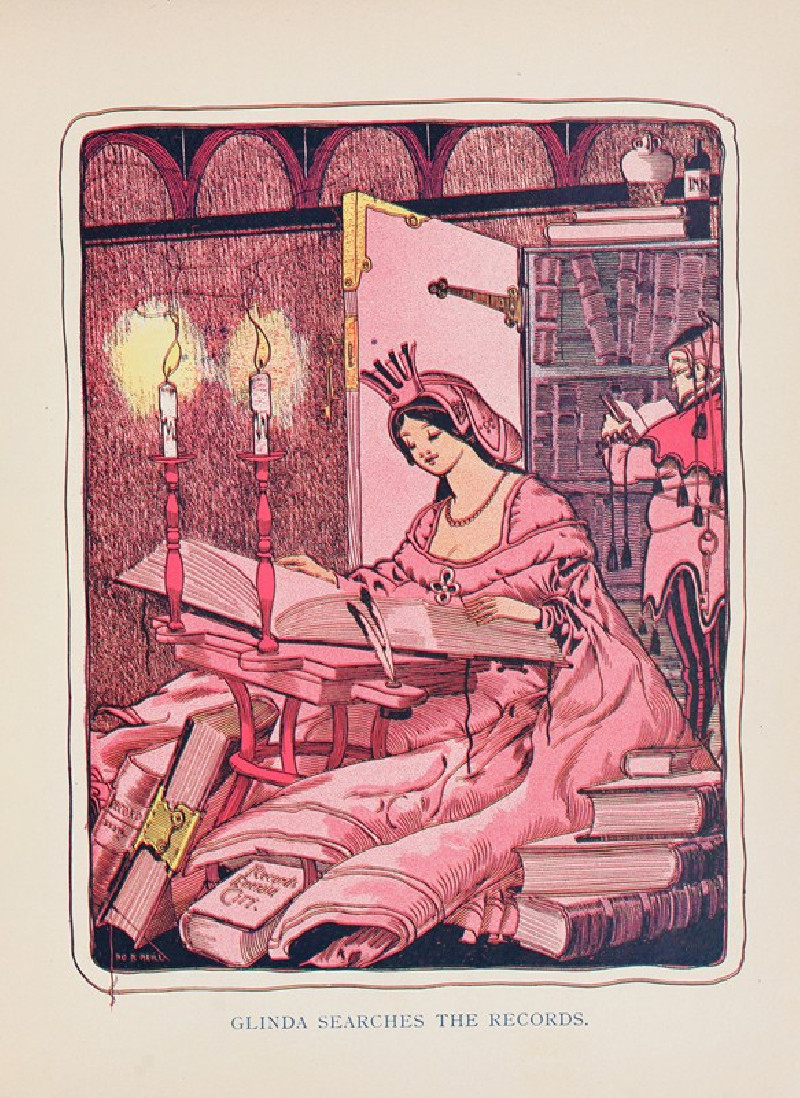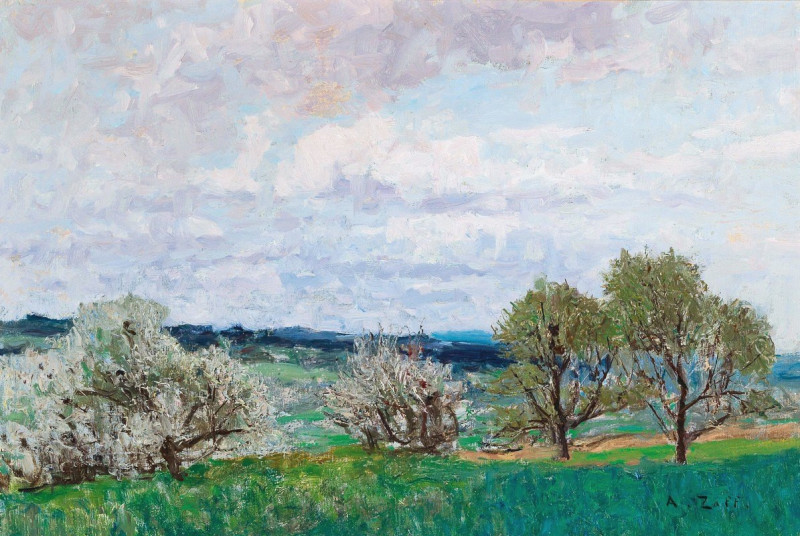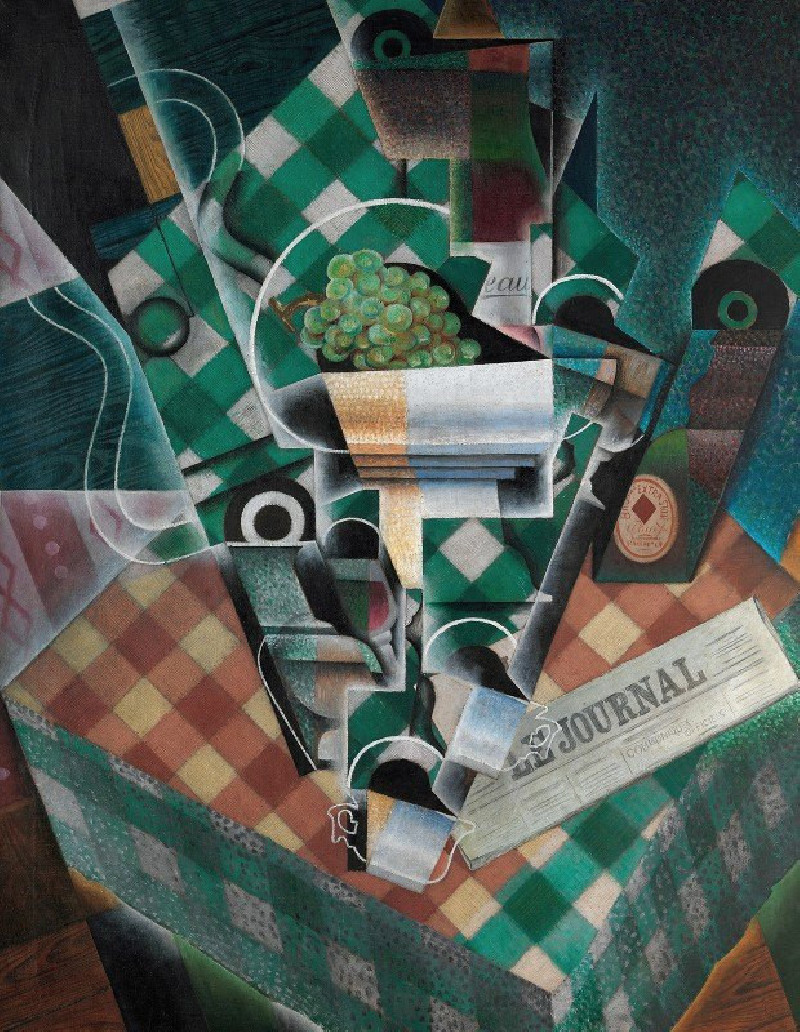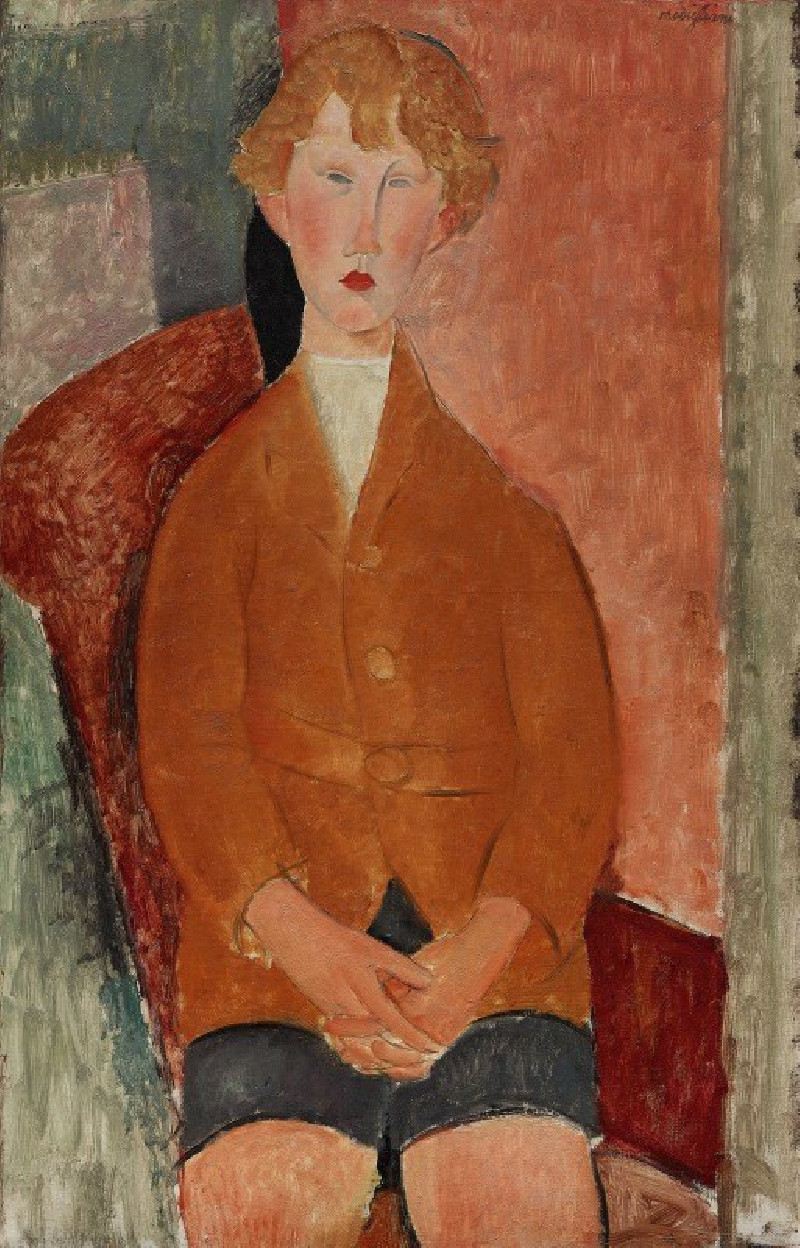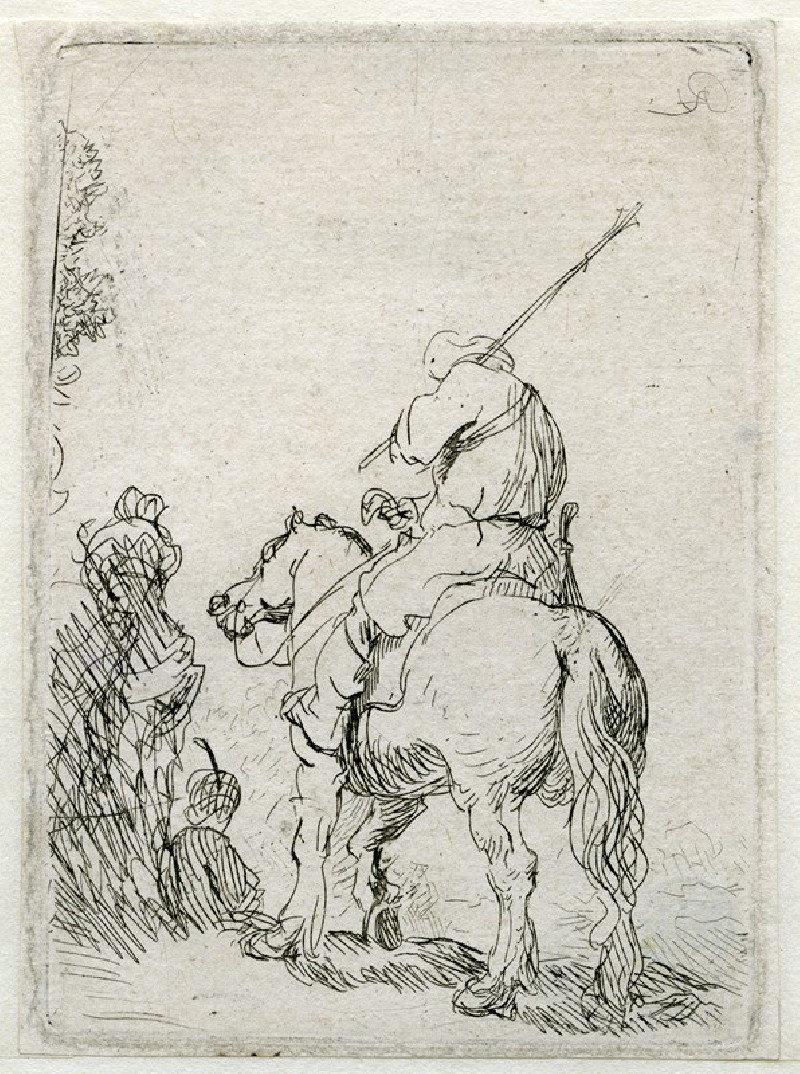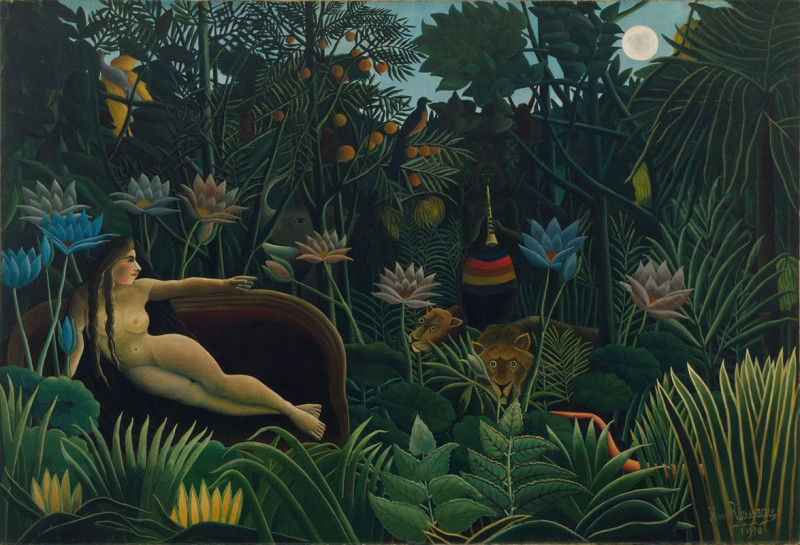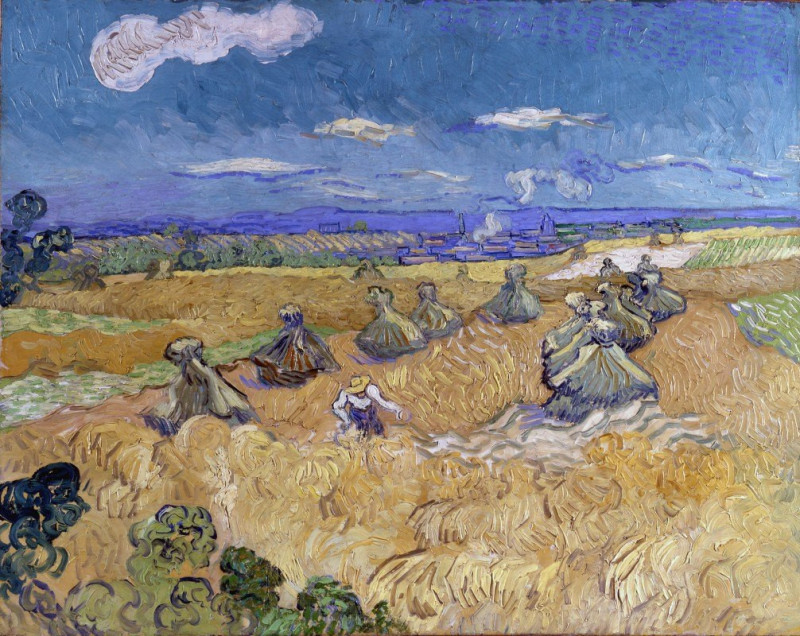The Bath
Technique: Giclée quality print
Recommended by our customers
More about this artwork
The painting titled "The Bath" by Mary Cassatt beautifully captures an intimate and domestic moment between a mother and her young child. In this artwork, Cassatt employs a gentle and soft palette, primarily using tones of yellow, blue, and touches of black to create a warm, inviting scene.The composition features a woman dressed in a loose, yellow robe with a pattern of black leaves, leaning over as she carefully washes her child. The child appears to be a toddler, who stands beside a large blue basin, seeming to patiently wait as the mother scoops water with her hand. The pose and expression of the mother suggest attentiveness and care, with her gaze directed towards the water she is handling, ensuring the comfort and safety of her child.The simplicity of the setting and the everyday activity depicted evoke a sense of tranquility and the deep, nurturing bond between mother and child, a common theme in Cassatt's work that reflects her interest in the lives of women and children. The style, reminiscent of Japanese prints with its flat areas of color and outlined forms, shows Cassatt's influence by Japanese art, which was popular among many impressionists of her time.Overall, "The Bath" is a tender portrayal of motherhood, emphasizing the beauty and serenity found in daily life and routine care, highlighting Cassatt’s skill in capturing the depth of human relationships and emotion.
Delivery
Returns
Mary Stevenson Cassatt was an American painter and printmaker. She was born in Allegheny City, Pennsylvania (now part of Pittsburgh’s North Side), but lived much of her adult life in France where she befriended Edgar Degas and exhibited with the Impressionists. Cassatt often created images of the social and private lives of women, with particular emphasis on the intimate bonds between mothers and children.
She was described by Gustave Geffroy as one of "les trois grandes dames" (the three great ladies) of Impressionism alongside Marie Bracquemond and Berthe Morisot.In 1879, Diego Martelli compared her to Degas, as they both sought to depict movement, light, and design in the most modern sense.

